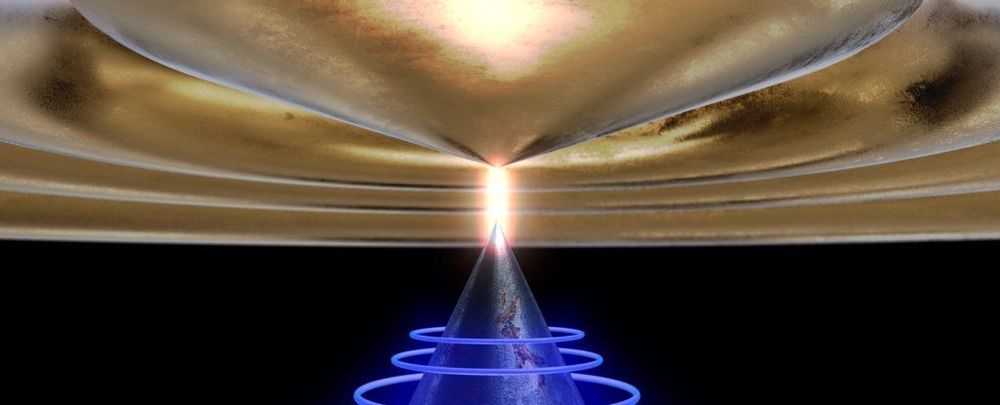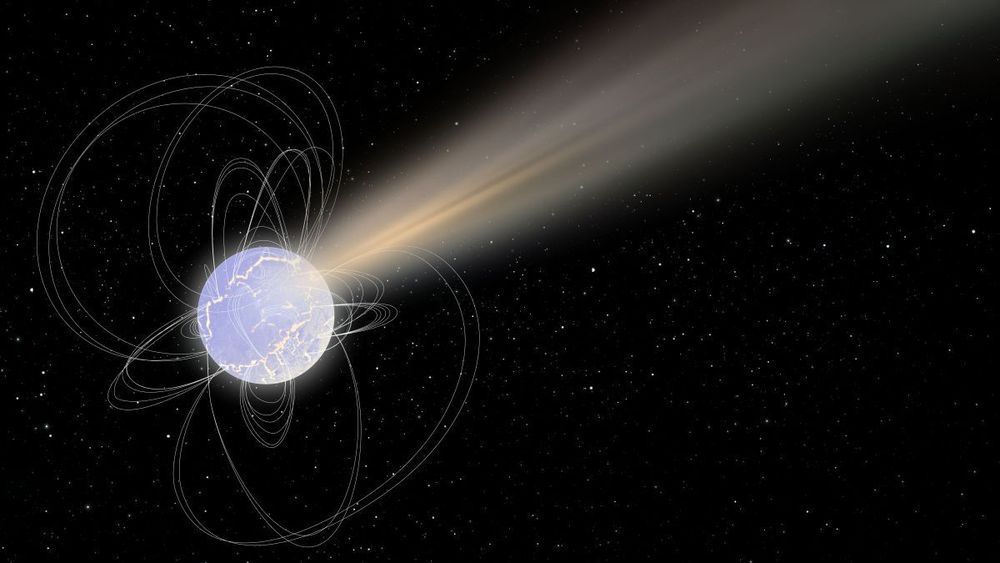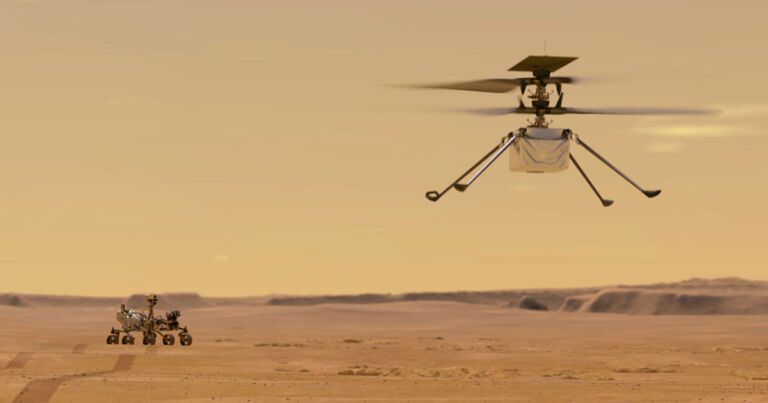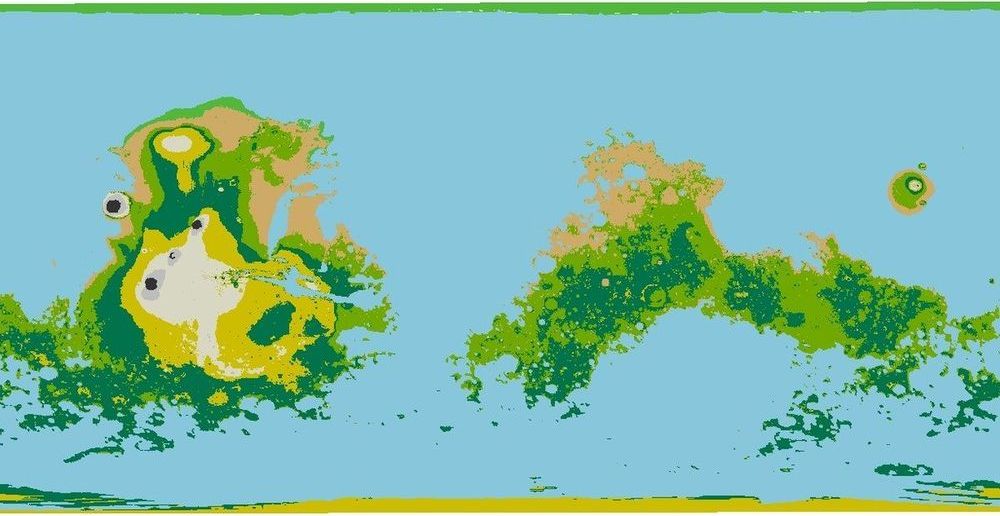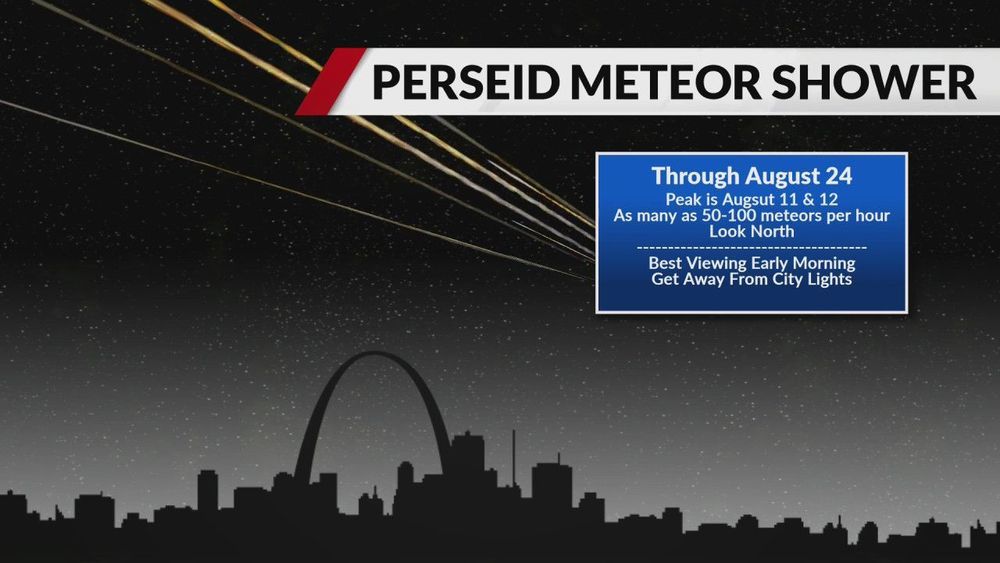NASA’s Perseverance Mars rover launched from Cape Canaveral, Florida, on 30 July, carrying a host of cutting-edge technology including high-definition video equipment and the first interplanetary helicopter.
Many of the tools are designed as experimental steps toward human exploration of the red planet. Crucially, Perseverance is equipped with a device called the Mars Oxygen In-Situ Resource Utilization Experiment, or MOXIE: an attempt to produce oxygen on a planet where it makes up less than 0.2 percent of the atmosphere.
Oxygen is a cumbersome payload on space missions. It takes up a lot of room, and it’s very unlikely that astronauts could bring enough of it to Mars for humans to breathe there, let alone to fuel spaceships for the long journey home.
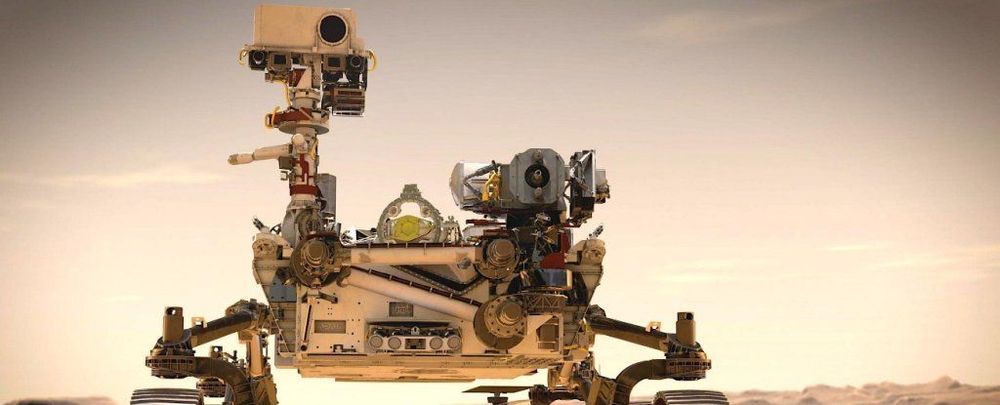
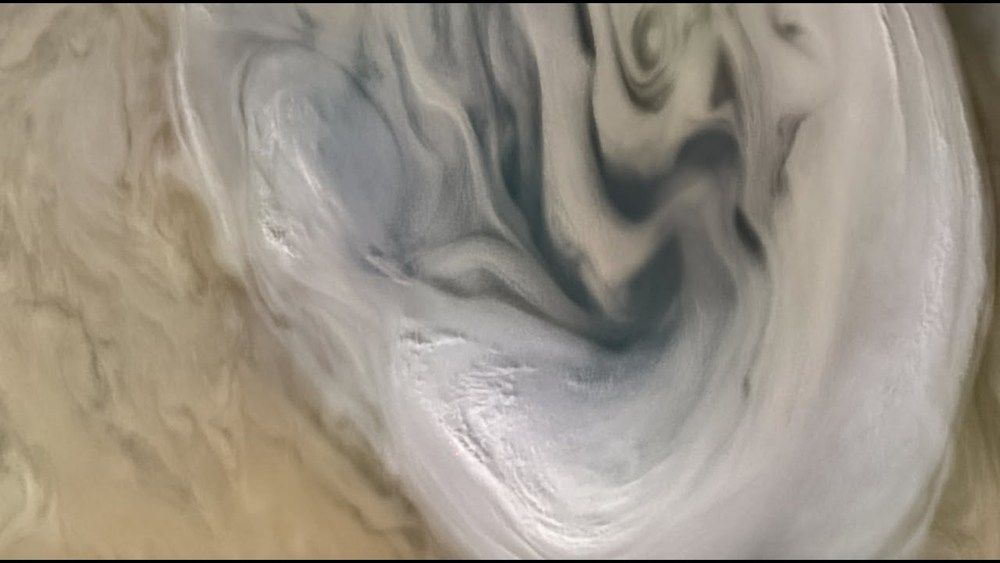


 As part of the partnership between SpaceWatch. Global and Joint Air Power Competence Centre, we have been granted permission to publish selected articles and texts. We are pleased to present “Space Traffic Management – Impact of Large Constellations on Military Operations in Space”, originally published by the Joint Air Power Competence Centre for the Conference Read Ahead 2020.
As part of the partnership between SpaceWatch. Global and Joint Air Power Competence Centre, we have been granted permission to publish selected articles and texts. We are pleased to present “Space Traffic Management – Impact of Large Constellations on Military Operations in Space”, originally published by the Joint Air Power Competence Centre for the Conference Read Ahead 2020.
